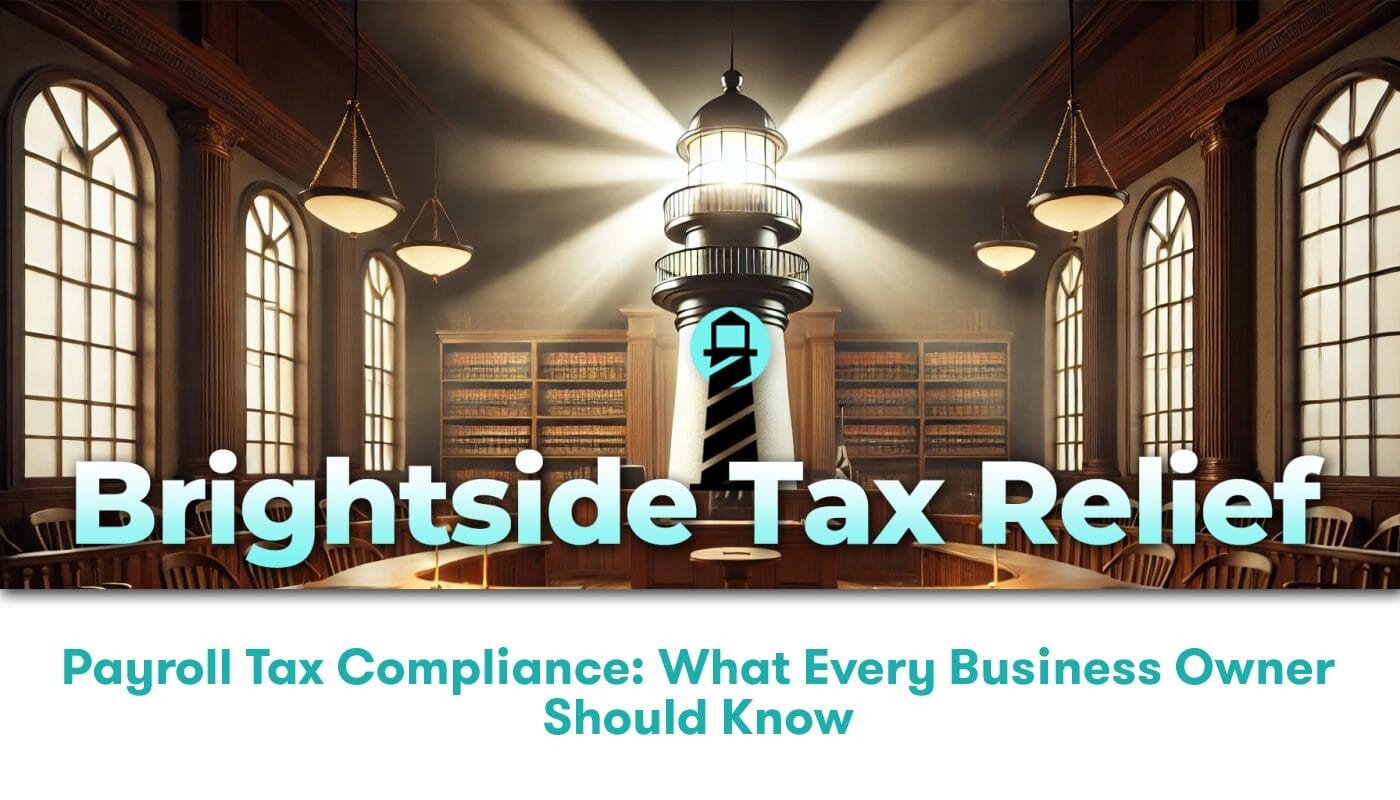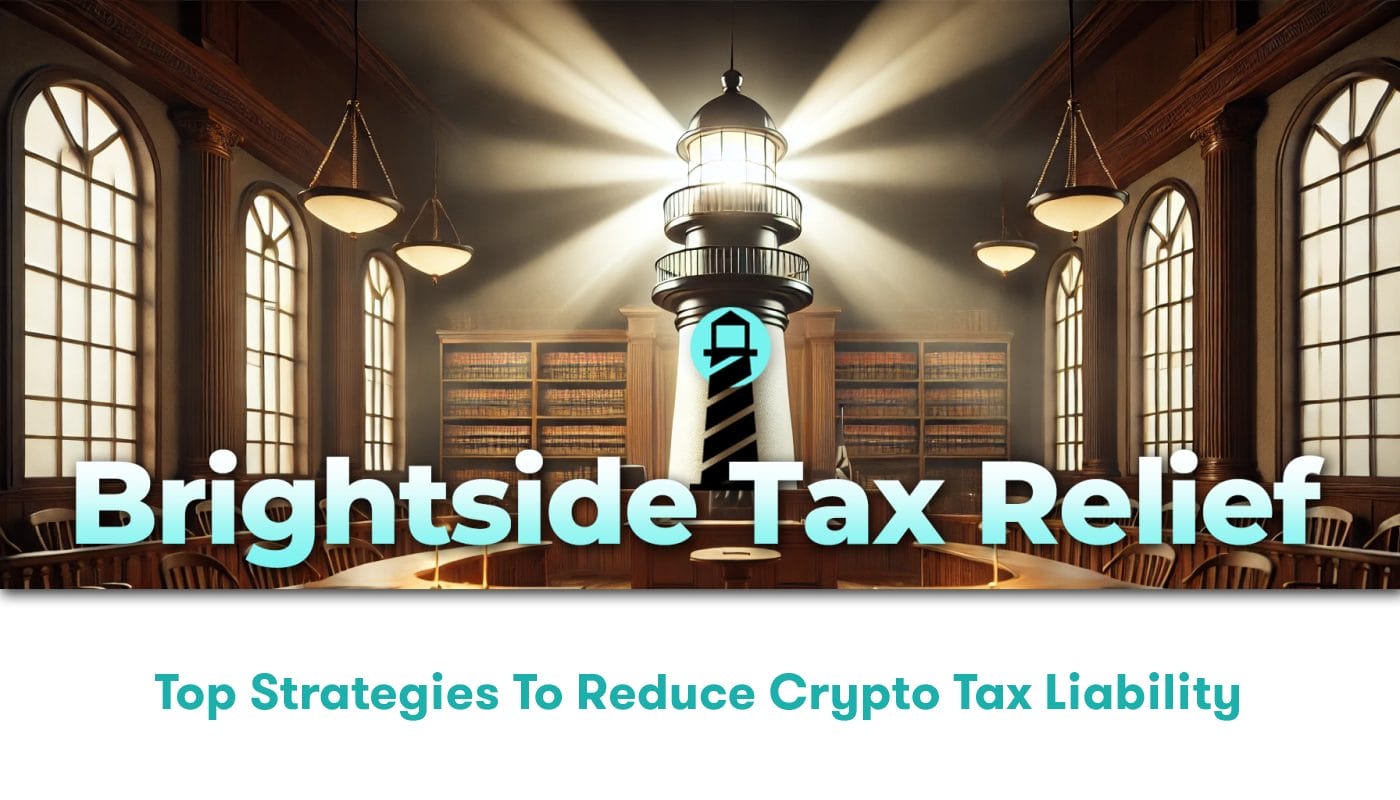A Comprehensive Overview of Retirement Tax Planning
Preparing for retirement involves substantial contingency planning. One of these plans should ideally revolve around retirement tax planning. At Brightside Tax Relief, we believe in proactive and comprehensive planning to ensure that your golden years are truly golden.
Each individual’s tax situation is unique and hence, understanding how to navigate taxes during retirement can often be complex. We have compiled this detailed guide to help you understand the important components of retirement tax planning, and ensure that you reap the maximum benefits.
Examining Retirement Tax Basics
Before you get into the finer details, understanding the basic concept of retirement taxation is beneficial. Earnings from retirement savings can be taxed in two main ways:
- Deferred Taxation: This implies that the taxes on your retirement savings will be postponed until you start making withdrawals. Examples include 401(k)s and traditional Individual Retirement Accounts (IRAs). You get some tax relief when you contribute, although you pay interest on withdrawals.
- Upfront Taxation: For this approach, you pay regular taxes on contributions when added into retirement accounts, yet, you avoid paying tax on retirement withdrawals. Roth 401(k)s and Roth IRAs are good examples.
This working understanding is crucial for effective retirement tax planning.
Understanding Retirement Income
Understanding each type of retirement income is key to retirement tax planning because each income type is taxed differently. The primary sources of retirement income include:
- Working Income: If you continue working part-time or as a consultant after retirement, this income is taxed as earned income.
- Social Security Benefits: Parts of your benefits might be taxable depending on your total income and marital status.
- Retirement Account Withdrawals: Taxes usually apply to most withdrawals from traditional IRAs and 401(k)s, barring a few exceptions.
- Pension: The portion of your pension that was previously taxed is tax-free. The rest is taxable.
Strategizing Retirement Account Withdrawals
Planning retirement account withdrawals properly can help minimize tax payments. Strategic planning involves:
- Minimum Required Distribution (MRD): Understanding and following MRD rules is crucial to avoid the 50% excise tax.
- Sequencing Withdrawals: To minimize tax burden, consider withdrawing from accounts contributing to taxable income last.
- Early Withdrawals: Try to avoid early withdrawals before the age of 59 ½ to avoid paying the 10% penalty.
Staying Updated with Tax Laws
Effective retirement tax planning involves staying up-to-date with the latest retirement tax laws. These laws are continuously reevaluated and revised by the IRS. Consequently, keeping track of rules, maximum contributions, and other changes are particularly crucial for seamless retirement tax planning.
For comprehensive information on US Tax laws and various queries involving retirement tax planning, you may visit the IRS website. An extensive selection of information is available at IRS Retirement Tax Planning.
Prioritize Estate Planning
A part of retirement tax planning should include estate planning. By effectively managing what happens to your assets after you pass, you can ensure minimal tax burden for heirs and ensure your assets are distributed according to your wishes.
Effective estate planning may include:
- Creating a will or a living trust
- Making funeral arrangements in advance
- Setting up durable power of attorney (POA)
- Creating an advanced medical directive
With this in mind, it’s clear that retirement tax planning isn’t just about the here and now – it’s about making considerations for the unavoidable future.
In Summary
Retirement tax planning is essential for every retiree wishing to enjoy their golden years without the burden of unnecessary taxes. At Brightside Tax relief, we’re here to help you make the best out of your golden years.
Remember, the best approach to retirement tax planning requires an individualistic perspective. Since each person’s retirement plan and tax situation is unique, it only makes sense that their retirement tax planning is unique as well.
Therefore, be proactive, stay ahead, and be prepared. With the help of professionals at Brightside Tax Relief, you can rest assured you’re making the most out of your retirement savings. After all, you’ve earned it.






